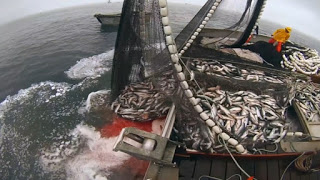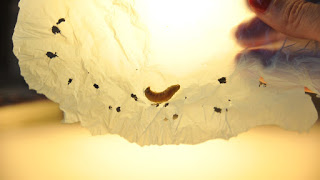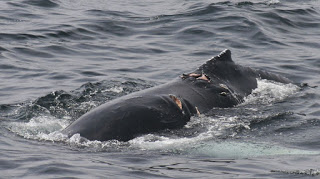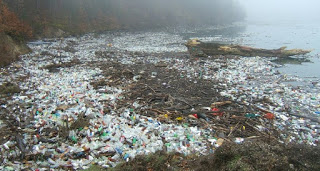1. Tens of Thousands “March for Science” Around the World–There is No Planet B
This past Earth Day, April 22, 2017, tens of thousands of scientists and concerned citizens marched for science all around the world. Over 600 cities participated. This non-partisan gathering rallied for funding for science research and celebrated science. Many clever signs were carried, including “The oceans are rising, and so are we.”
———————————————–
2. A Third of Global Fishing Goes Unreported
3. Baby Whales “Whisper” to Mother to Not Alert Predators
4. The People’s Climate March
———————————————–
5. Could Plastic-Eating Caterpillars Result in Pollution Metamorphosis?
6. Whale and Boat Collisions are More Common Than Thought
———————————————–
7. Navy Re-creates Hagfish Slime for Many New Uses
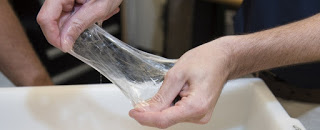 The US Navy has synthetically reproduced Pacific hagfish slime for uses as varied as a shark deterrent and fighting fires. The hagfish naturally produces slime for protection as it plugs the gills of its potential predators. It is similar in nature to kevlar, which is used in reinforcing rubber products and for protective gear. The slime may be used “for ballistics protection, firefighting, anti-fouling, diver protection, or anti-shark spray.”
The US Navy has synthetically reproduced Pacific hagfish slime for uses as varied as a shark deterrent and fighting fires. The hagfish naturally produces slime for protection as it plugs the gills of its potential predators. It is similar in nature to kevlar, which is used in reinforcing rubber products and for protective gear. The slime may be used “for ballistics protection, firefighting, anti-fouling, diver protection, or anti-shark spray.”———————————————–
8. Arctic Ocean Dead End for Plastic Pollution
———————————————–
Sea Save Foundation is committed to raising awareness of marine conservation. The Week in Review is a team effort produced by the Sea Save staff to provide a weekly summary of the latest in marine research, policy, and news.


